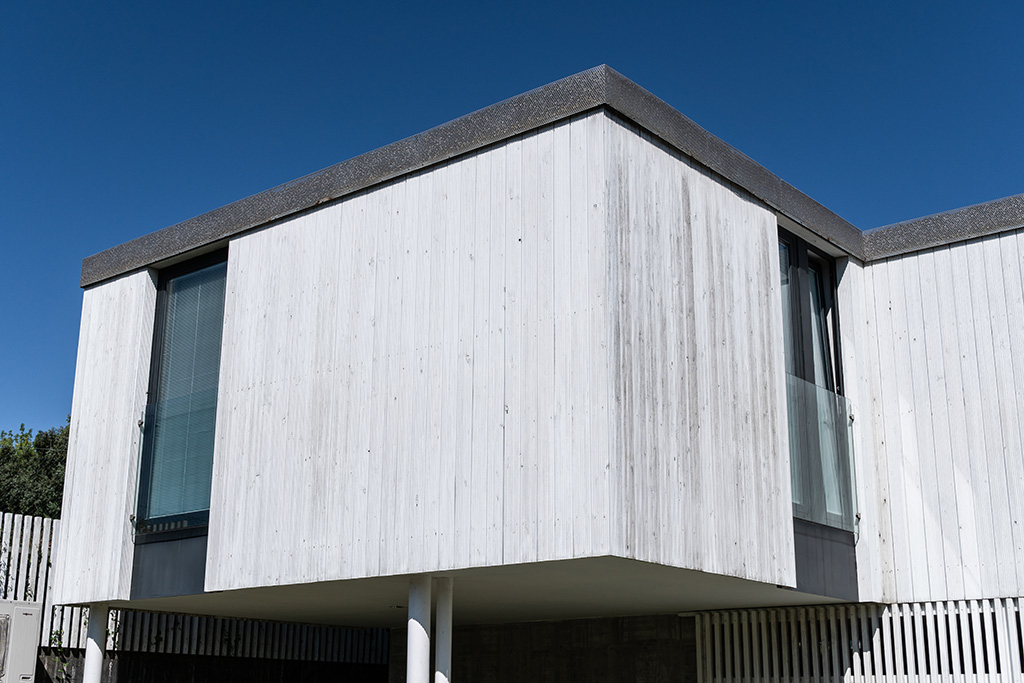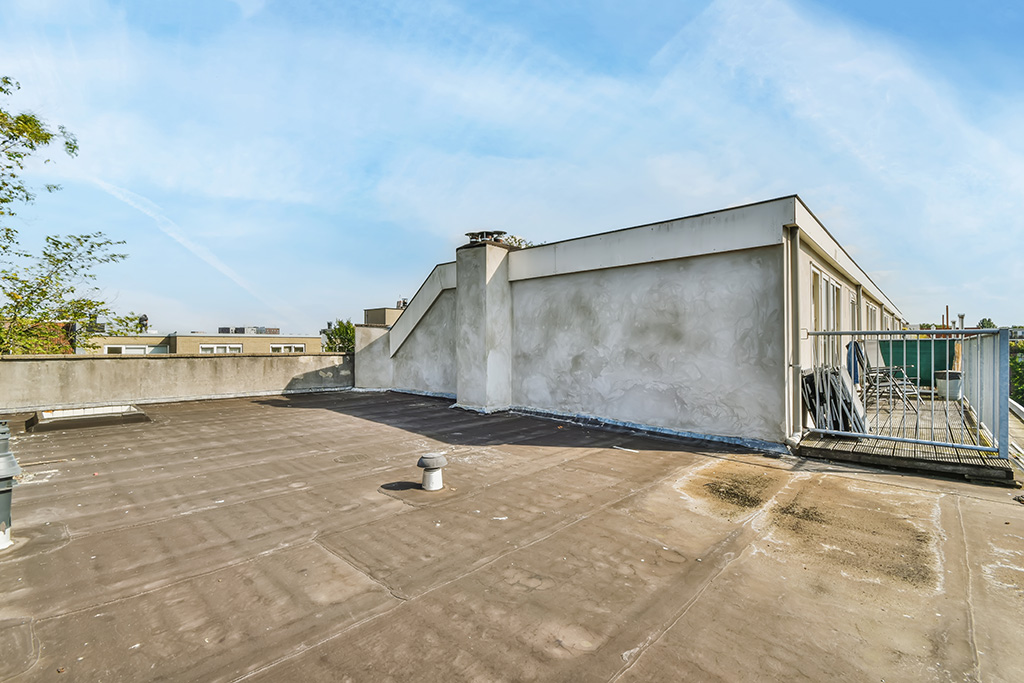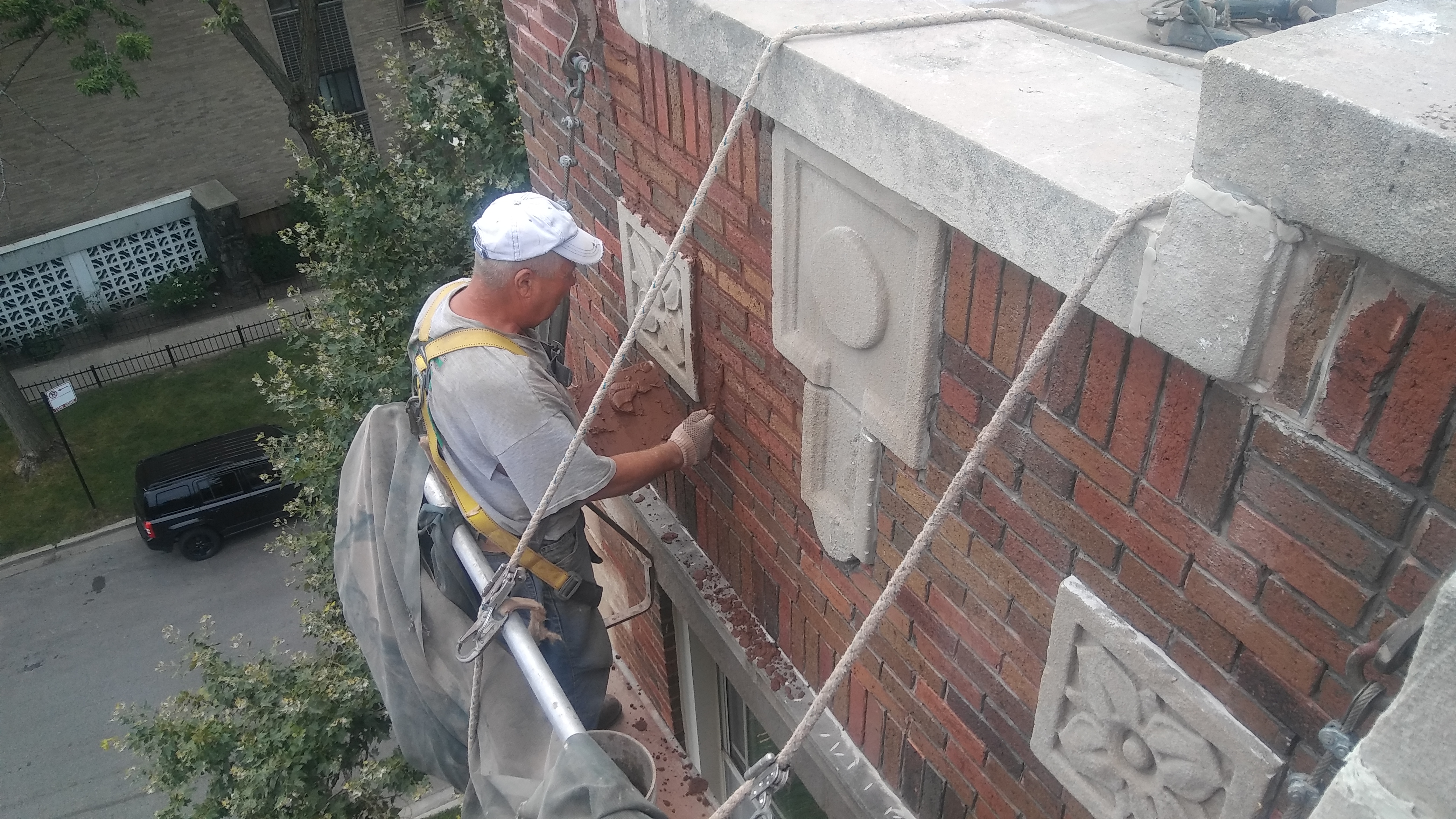
Aesthetic Appeal
One of the key roles of parapet walls is their ability to enhance the aesthetic appeal of a structure. These walls are not merely functional elements but also serve as design features that add visual interest, character, and architectural sophistication. Parapet walls can be designed in various styles, heights, and materials to complement the overall architectural theme of a building, whether it’s modern, traditional, or eclectic.
The height and shape of parapet walls can create a sense of grandeur and scale, adding drama and elegance to the structure’s silhouette. They can be adorned with decorative elements such as cornices, moldings, or balustrades, further enhancing their visual impact. The walls can also provide a seamless transition between different building levels, acting as an architectural feature that defines and unifies the overall design.
Moreover, parapet walls can serve as a canvas for artistic expression. They can be embellished with murals, sculptures, or intricate patterns, transforming them into captivating works of art. This ability to combine functionality with artistic design makes parapet walls a versatile tool for architects and designers to create visually stunning structures.
Safety and Protection – Parapet Walls
Beyond their aesthetic appeal, parapet walls play a crucial role in ensuring the safety and protection of a building and its occupants. These walls act as a protective barrier, preventing accidental falls from the roof or elevated areas. They serve as a crucial safety feature, particularly in commercial and multi-story buildings where rooftop access is necessary for maintenance or emergency purposes.
Parapet walls also provide protection against wind loads and act as a barrier to prevent debris or objects from falling off the roof and potentially causing harm or damage. They act as a shield, reducing the risk of accidents and enhancing the overall safety of the structure.
In addition, these walls contribute to fire safety. They can be designed and constructed to meet fire code regulations, acting as a fire barrier that prevents the spread of flames from one part of the building to another. Walls with fire-resistant materials and proper sealing can help contain fires and provide valuable time for occupants to evacuate safely.
Structural Integrity
Parapet walls play a significant role in maintaining the structural integrity of a building. They act as a load-bearing element, distributing the weight and forces exerted on the roof or upper portions of the structure. The vertical support provided by the
Discover the multifaceted role of parapet walls in architecture. These protective barriers, extending above rooflines, serve essential functions such as safety, fire containment, and wind resistance.
walls helps to resist lateral loads, such as wind or seismic forces, and stabilize the overall structure.
These walls also contribute to the overall stability of a building by preventing the roof from excessive movement or deflection. They add rigidity and reinforce the structure, particularly in areas prone to high winds or seismic activity.
Furthermore, they can act as a buffer between the roof and the exterior elements, protecting the underlying roof materials from weathering, UV radiation, and moisture infiltration. Properly designed and constructed walls help to extend the lifespan of the roof system, reducing the need for frequent repairs or replacements.

Energy Efficiency
Parapet walls can contribute to the energy efficiency of a building. By extending above the roofline, they provide an additional layer of insulation and reduce heat transfer between the interior and exterior of the structure. This helps to minimize energy loss and improve the overall thermal performance of the building.
They can also incorporate features such as insulation materials, vapor barriers, or reflective coatings, further enhancing their energy-saving capabilities. These elements help to reduce heating and cooling demands, leading to energy savings and increased comfort for occupants.
Moreover, these walls can serve as a platform for the installation of renewable energy systems, such as solar panels or wind turbines. By harnessing renewable energy sources, buildings with parapet walls can reduce their reliance on traditional energy sources and contribute to a more sustainable future.
Parapet Walls – Summary
Parapet walls exemplify the harmonious blend of form and function in architectural design and construction. These walls not only enhance the aesthetic appeal of structures but also provide essential benefits in terms of safety, structural integrity, and energy efficiency. From their ability to create visually striking silhouettes to their role in safeguarding occupants and reinforcing the stability of a building, parapet walls are a key element in the art and science of constructing impressive structures. Architects and designers continue to leverage the potential of parapet walls to create structures that inspire, protect, and promote sustainability, showcasing the enduring power of combining form and function in architectural design.




















